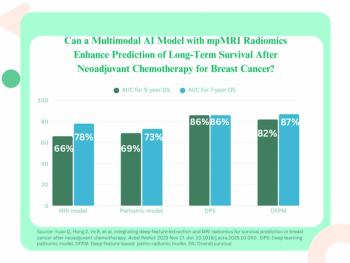
MRI Use Dropped Since 2008
After several years of strong growth in use of MRI, trends are reversing, with fewer scans performed.
Use of MRI to scan has dropped between 2008 and 2010, following a 10-year period when MRI use grew significantly, according to a study published in the
Researchers from Thomas Jefferson University Hospital quantified trends in the overall use of MRI. Using Medicare Part B datasets from 1998 to 2010, MR examinations were tabulated for each year of the study period. The researchers then categorized MRI volume by body system.
The findings showed that the number of MR examinations among Medicare recipients was 73 per 1,000 beneficiaries in 1998 and this number increased to a peak of 189 in 2008, showing a compound annual growth rate of 10 percent. However, the numbers then began to drop, reaching 183 by 2010, a decrease of 3.1 percent from 2009.
Images of the head accounted for the highest number of examinations: 2,404,250 in 2010, 37.3 percent of all MR examinations in that year.
The authors concluded that after significant growth in MRI screening from 1998 to 2008, use began to drop over the next two years for scans of most body sections. Possible reasons for this decrease include an effort to contain healthcare costs and more educated patients who may be refusing or delaying MR scans.
Newsletter
Stay at the forefront of radiology with the Diagnostic Imaging newsletter, delivering the latest news, clinical insights, and imaging advancements for today’s radiologists.




























